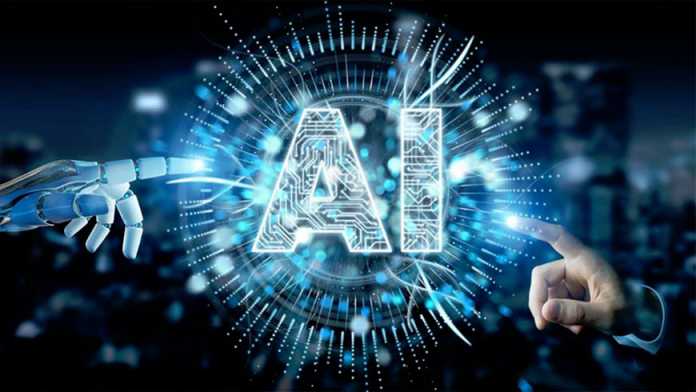Gartner Inc. Hype Cycle for Emerging Technologies, 2019 revealed five distinct emerging technology trends that create and enable new experiences, leveraging artificial intelligence (AI) and other constructs to enable organizations to take advantage of emerging digital ecosystems.
“Technology innovation has become the key to competitive differentiation. The pace of change in technology continues to accelerate as breakthrough technologies are continually challenging even the most innovative business and technology decision makers to keep up,” said Brian Burke, research vice president at Gartner. “Technology innovation leaders should use the innovation profiles highlighted in the Hype Cycle to assess the potential business opportunities of emerging technologies.”
The Hype Cycle for Emerging Technologies is unique among most Gartner Hype Cycles because it garners insights from more than 2,000 technologies into a succinct set of 29 emerging technologies and trends. This Hype Cycle specifically focuses on the set of technologies that show promise in delivering a high degree of competitive advantage over the next five to 10 years.
Five Emerging Technology Trends
Sensing and Mobility
By combining sensor technologies with AI, machines are gaining a better understanding of the world around them, enabling mobility and manipulation of objects. Sensing technologies are a core component of the Internet of Things (IoT) and the vast amounts of data collected. Utilizing intelligence enables the ability to gain many types of insights that can be applied to many scenarios.
For example, over the next decade AR cloud will create a 3D map of the world, enabling new interaction models and in turn new business models that will monetize physical space. Enterprises that are seeking leverage sensing and mobility capabilities should consider the following technologies: 3D-sensing cameras, AR cloud, light-cargo delivery drones, flying autonomous vehicles and autonomous driving Levels 4 and 5.
Augmented Human
Augmented human advances enable creation of cognitive and physical improvements as an integral part of the human body. An example of this is the ability to provide superhuman capabilities such as the creation of limb prosthetic with characteristics that can exceed the highest natural human performance. Emerging technologies focused on extending humans includes bio chips, personification, augmented intelligence, emotion AI, immersive work spaces and biotech (cultured or artificial tissue).
Post classical Compute and Comms
For decades, classical core computing, communication and integration technologies have made significant advances largely through improvements in traditional architectures — faster CPUs, denser memory and increasing throughput as predicted by Moore’s Law. The next generations of these technologies adopt entirely new architectures. This category includes not only entirely new approaches, but also incremental improvements that have potentially dramatic impacts.
For example, low earth orbit (LEO) satellites can provide low latency internet connectivity globally. These constellations of small satellites will enable connectivity for the 48% of homes that are currently not connected, providing new opportunities for economic growth for unserved countries and regions. “With only a few satellites launched, the technology is still in its infancy, but over the next few years it has the potential for a dramatic social and commercial impact,” said Mr. Burke. Enterprises should evaluate technologies such as 5G, next-generation memory, LEO systems and Nano scale 3D printing.
Digital Ecosystems
Digital ecosystems leverage an interdependent group of actors (enterprises, people and things) sharing digital platforms to achieve a mutually beneficial purpose. Digitalization has facilitated the deconstruction of classical value chains, leading to stronger, more flexible and resilient webs of value delivery that are constantly morphing to create new improved products and services.
Critical technologies to be considered include: DigitalOps, knowledge graphs, synthetic data, decentralized web and decentralized autonomous organizations.
Advanced AI and Analytics
Advanced analytics comprises the autonomous or semi autonomous examination of data or content using sophisticated techniques and tools, typically beyond those of traditional business intelligence (BI).
“The adoption of edge AI is increasing for applications that are latency-sensitive (e.g., autonomous navigation), subject to network interruptions (e.g., remote monitoring, natural language processing [NLP], facial recognition) and/or are data-intensive (e.g., video analytics),” said Mr. Burke.
The technologies to track include adaptive machine learning (ML), edge AI, edge analytics, explainable AI, AI platform as a service (PaaS), transfer learning, generative adversarial networks and graph analytics.
To learn more, visit: www.gartner.com








